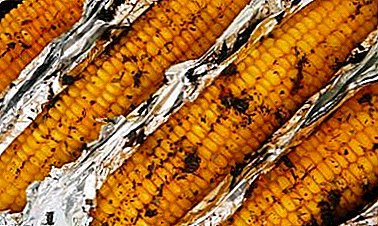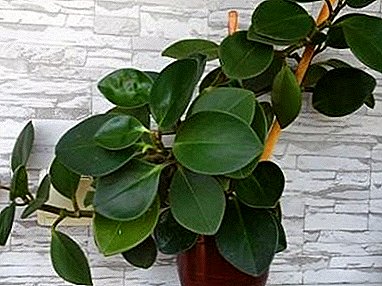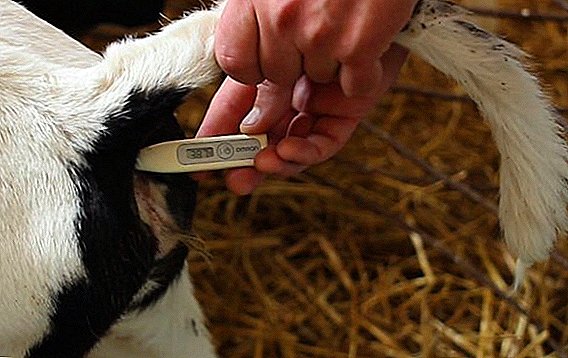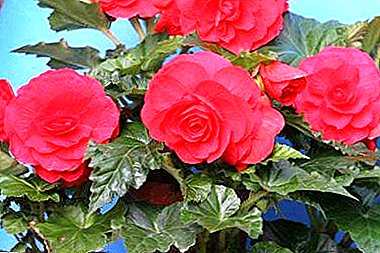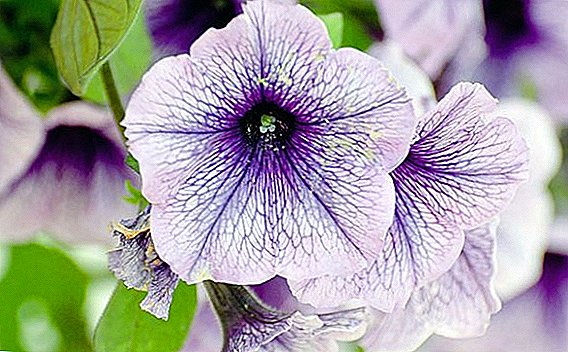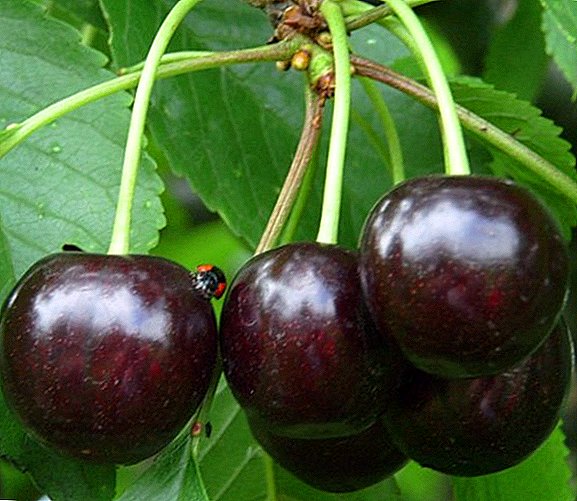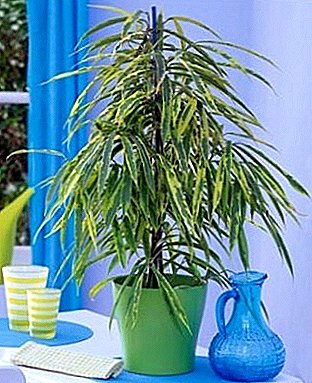
Ficus Ali leaves an indelible impression on everyone who sees it.
Therefore, it is in demand from flower growers.
But not everyone who sees this plant for the first time will understand that it is a ficus.
The appearance of the ficus "Ali" to the light
Ficus ali (cv. 'Alii' or Ficus Binnendijkii), ficus Binnandyka hides under its name a whole group of plants similar to each other.
In the 19th century They were discovered and described by the Dutch botanist Simon Binnandyk.
Ficus leaves, dark green and long, look like willow leaves.
Therefore, it has another name - the wolfberry ficus.
 Ficus Alii - fast-growing and evergreen tree, in the wild can reach up to 20 m in height.
Ficus Alii - fast-growing and evergreen tree, in the wild can reach up to 20 m in height.
At home, Ficus Ali grows up to 2 m.
This plant came out of the tropics of Southeast Asia and spread to the territory that covers the foothills of the Himalayas, Nepal, Burma, Thailand, the islands of Java, Borneo, Sumatra.
This ficus can successfully grow in indoor conditions, and in the winter garden.
Among gardeners used different varieties of ficus.
But varieties differ only in the width of the leaves.
Home care
If you comply with certain conditions, then the ficuses of Ali will please you with their appearance.
These conditions are:
- illumination;
- temperature;
- watering;
- humidity;
- the soil.
Illumination
Ali - strong and not capricious plants.
But they have their own preferences.
One of the most important is light.
Plants prefer bright rooms, but in order not to fall on it direct sunlight.
Ficus with variegated leaves need bright diffused light, plants with green leaves feel good in partial shade.
In winter, the necessary lighting.
Ali does not like being moved, turned, he is a “homebody,” so you need to look for a place for him in the room, given his future growth.
Temperature
Room temperature is comfortable enough for ficus.
In the summer, optimal 20-25 ° Cin winter - 16-20 ° C.
Watering
This flower does not like both drought and excessive moisture.
It requires regular and moderate watering, avoiding stagnation of water and over-wetting the soil.
Experts advise watering ficus when the topsoil dries 1-2 cm.
Reference! In spring, plants awaken and until the fall the ficus is watered more often, since at this time it is actively growing.In autumn, the plant begins a period of rest and watering is somewhat limited in the autumn-winter period.
Air humidity
For Ficus Alii humidity is important, so they will be grateful for regular spraying.
If the plant is not large, you can wash it in the shower.
The soil
If you do it yourself, then for young plants it is necessary to use the following mixture: turf, sand and peat in equal parts, adult rubber plants like loose and nutritious soil.
Important! Alkaline and acidic soils do not fit the ficus Ali!
Ficuses sometimes need to be fed, the best time to do it is 10-14 daysalternating organic and mineral fertilizers.
Ficuses need feeding only in the spring and summer period.
Planting and transplanting
Transplantation and reproduction (planting) of ficus is better to do in early spring, when the plant is just awakening.
Young plants are transplanted annually, completely changing the ground.
Adults transplanted by the method of transshipment, times in 3 years.
Large plants are not transplanted. They are fed and once a year they update the topsoil.
A photo
In the photo ficus "Ali":




Breeding
Ficus Ali is propagated by stem cutting: in May-July, with a sharp knife (shears) from the mother plant, the cutting is cut at least 15-20 cm with 3-4 the leaves on it, put it in a container with water at room temperature and placed in a warm (22-25 ° C) bright place before the roots.
After a couple of weeks, the roots begin to germinate.
The plant is planted in the ground when the roots reach 1.5-2.5 cm
Diseases and pests
Ficus Ali is good because it is almost not susceptible to diseases and attacks of pests. But it happens sometimes.

Symptoms of the disease:
- leaves fade, look sluggish and fall: the reason is in over-wetting the soil, it is necessary to moderate watering
- plant growth slows down, leaves lose color and fall: usually the problem is a lack of light.
- the leaves of the plant dry and shrivel: the blame of the bright sunshine, shading and spraying will solve the problem
- brown spots on the tips of the leaves: the reason for high temperature or low humidity, pereormke plants. The problem is solved by spraying ficus and airing the room, reducing the amount of fertilizer.
The question is solved by moving the plant to a lighted place or connecting artificial lighting.
Poor plant care can cause pests.
As a result, on the ficus may appear:
- mealybugs;
- scale insects and false shields;
- spider mites.
Mealybug appears due to low humidity, struggling with it by rubbing plants with a soft cloth dipped in alcohol.
This happens more often in the winter when the batteries get hot.
Alternatively, you can hang the battery with wet towels or put a humidifier under the plant.
When attacking shchitovok and pseudo-ficus leaves ficus lose their color and fall.
Insects themselves look like plaques - black or flesh-colored.
You can remove them if you wipe the plant with a soft cloth, moisten it in soapy water.
In case of severe damage, Actellic (per liter of water 20 drops) is used.
About spider mite the cobweb will tell you, white and thin. The spider mite does not like moisture, so it is worth washing the ficus under the shower with warm water several times in a row.
Benefit and harm
 Considering that Ficus ali not rubbery, it does almost no harm.
Considering that Ficus ali not rubbery, it does almost no harm.
It should be careful with the leaves of the plant, on contact with skin, they can cause dermatological and allergic reactions, but in ficus Ali the leaves are not as fleshy as in other species and therefore the harm here is minimal.
The plant has useful properties characteristic of all ficuses.
It has a good effect on the microclimate of the room in which it is located.
According to popular belief, in a house where a ficus grows well, people do not get sick.
And if a disease happens, it passes easily and without consequences.
According to the old sign, if a childless woman begins to grow a ficus, then soon she will become pregnant.
We think that this is due to the positive energy emanating from the ficus.
Infusion of alcohol from the leaves of the plant treats arthritis, arthrosis and rheumatism.
The plant is used in the treatment of vascular, pulmonary, skin diseases. From it make infusions and tinctures, compresses, extracts.
Ficus Ali is stylish, hardy and not demanding.
It can be formed in the form of a bush or a tree on a trunk, and you can do nothing, allowing Ficus Ali to simply grow.
The choice is yours. With proper care, he will decorate your home and bring you much joy.
The appearance of the ficus "Ali":



